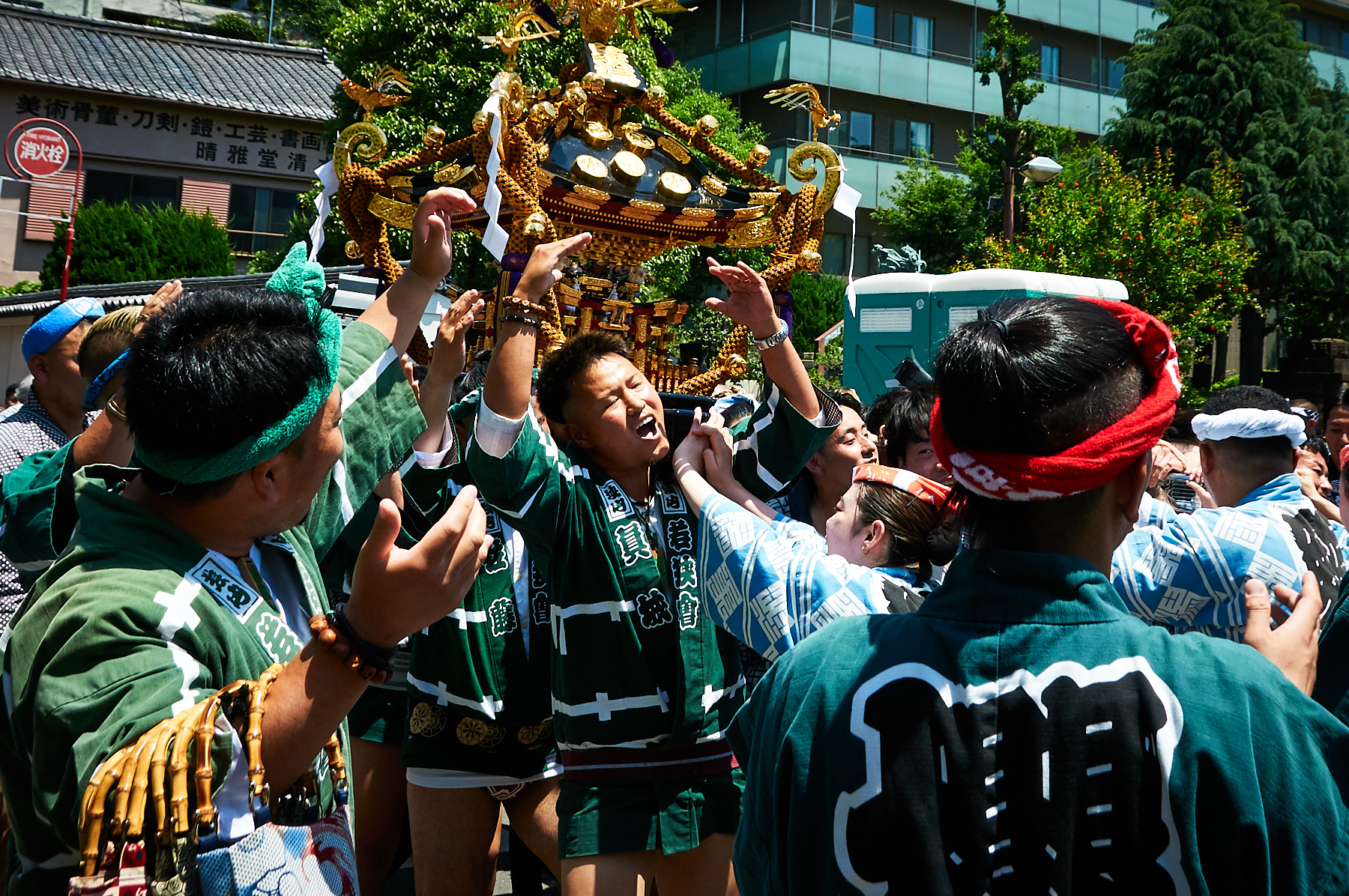I was asked at our last Kinbaku Salon after the performance was over. It’s funny how you get the deepest questions at the moment when you are just out of ropes and cannot even spell your own name 🙂 I have no idea what I answered on the spot but the question stayed with me.
I have grown since we started ropes, and the answers I used to give feel no longer true to me. There used to be so much drama. I grew out of it, but the desire to endure something very difficult, “to go through the ordeal” stayed. So, why seek suffering in ropes? I will try to ponder about the topic a bit…
Suffering is a part of our existence, whether we want it or not. God, nature, universe – whatever you choose to call it – has unlimited – nonconsensual – power over us. There are viruses and accidents, natural catastrophes and financial crises, relationships and family struggles – no one is immune.
It seems to be that humans have a need for rituals and practices that help us navigate the challenges we inevitably face in life. I must think of our experience at the Sanja Matsuri festival in Tokyo last year.
The Sanja Matsuri is one of Tokyo’s most famous and vibrant festivals, held annually at Asakusa Shrine (Senso-ji) in the Asakusa district. It takes place over three days, typically in mid-May, and celebrates the spirit of endurance, perseverance, and community strength. At the heart of the festival are the “mikoshi” (portable shrines) that are paraded through the streets of Asakusa. Groups of men and women bear the intense physical strain of carrying the shrines on their shoulders for long distances, sometimes in sweltering heat (I got a heat stroke on that day just watching the processions from the crowd).
This process is a form of spiritual endurance – I could see from a close distance how participants have to push through pain, exhaustion, and even injury. And yet, they would fight with others to get first to mikoshi.
Why would anyone choose to endure such hardship? Why not just visit a shrine, light a candle, and then drink a couple of beers with your friends? Why would you want to endure something that difficult and demanding? As if life didn’t give you enough suffering already. I think precisely because of that – because ritual is a voluntary practice of enduring difficulty.
Rituals have long been used to help people endure hardship, providing a sense of structure, meaning, and emotional support during challenging times. In some way, we create a container where we practice the skills we need in life when enduring for real.
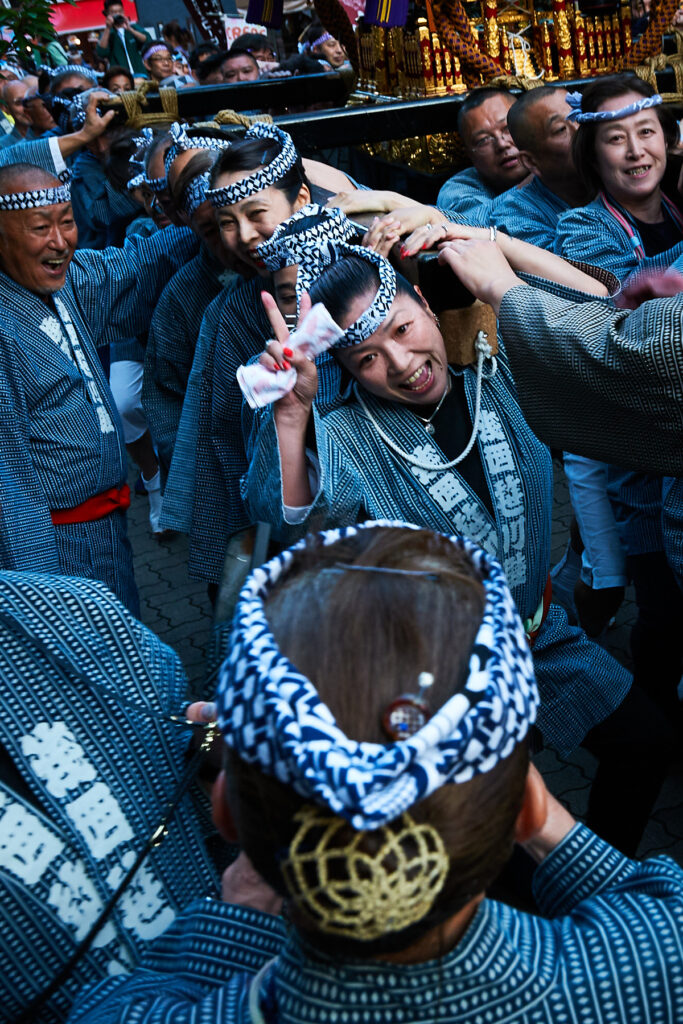

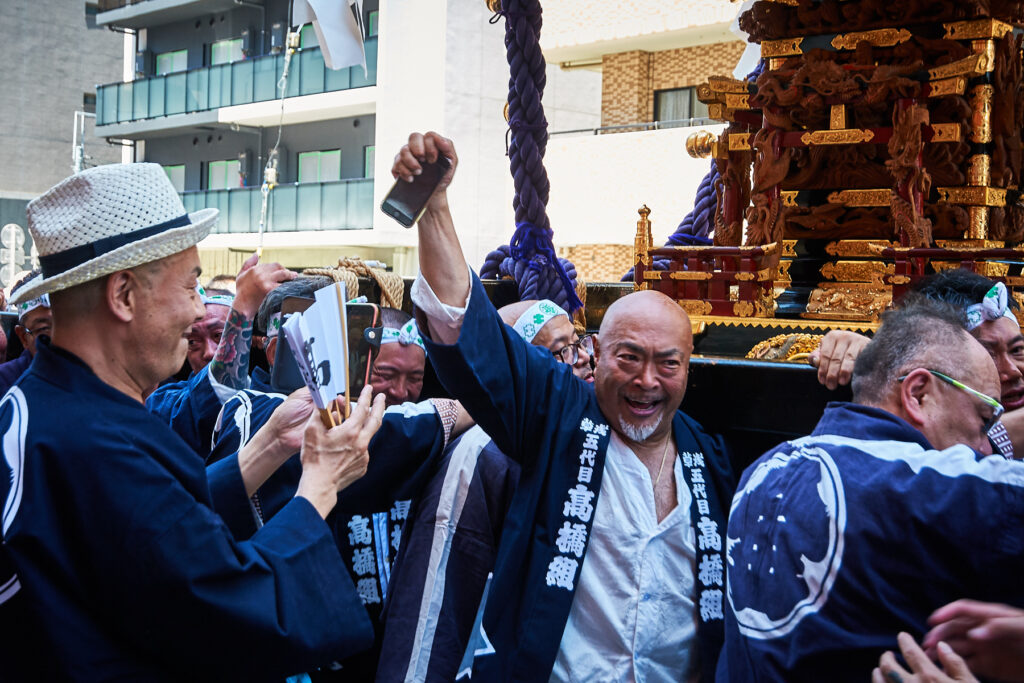
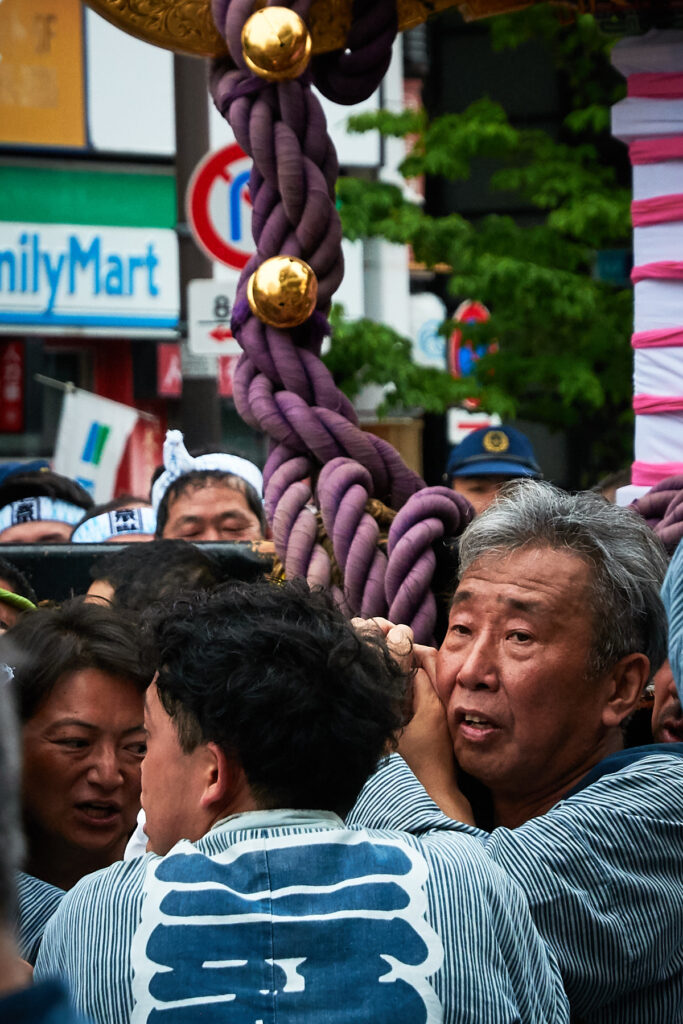
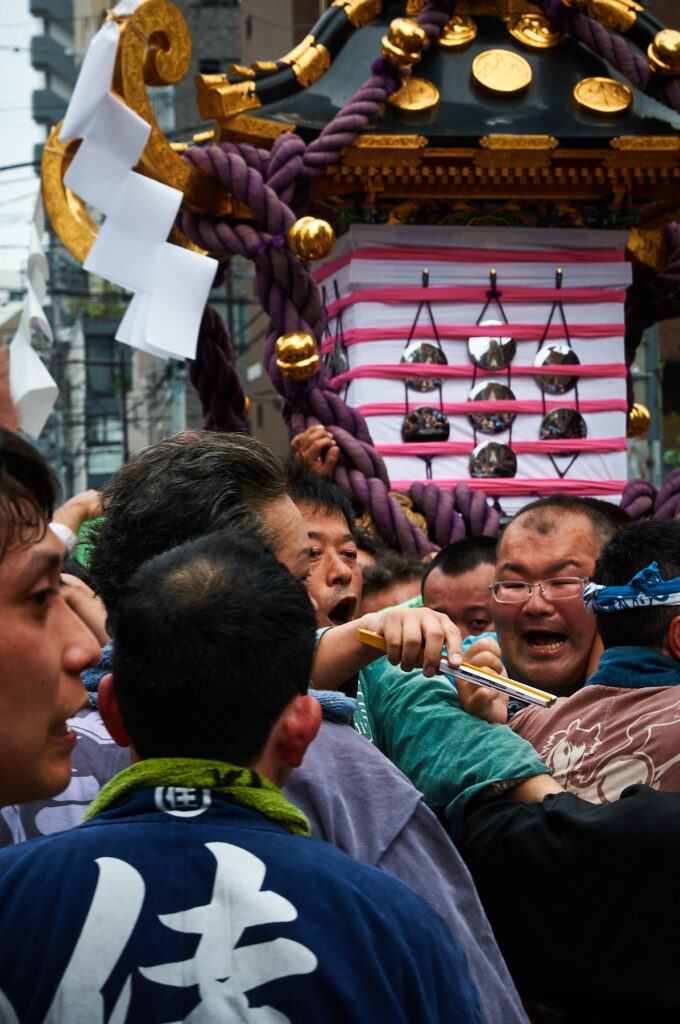
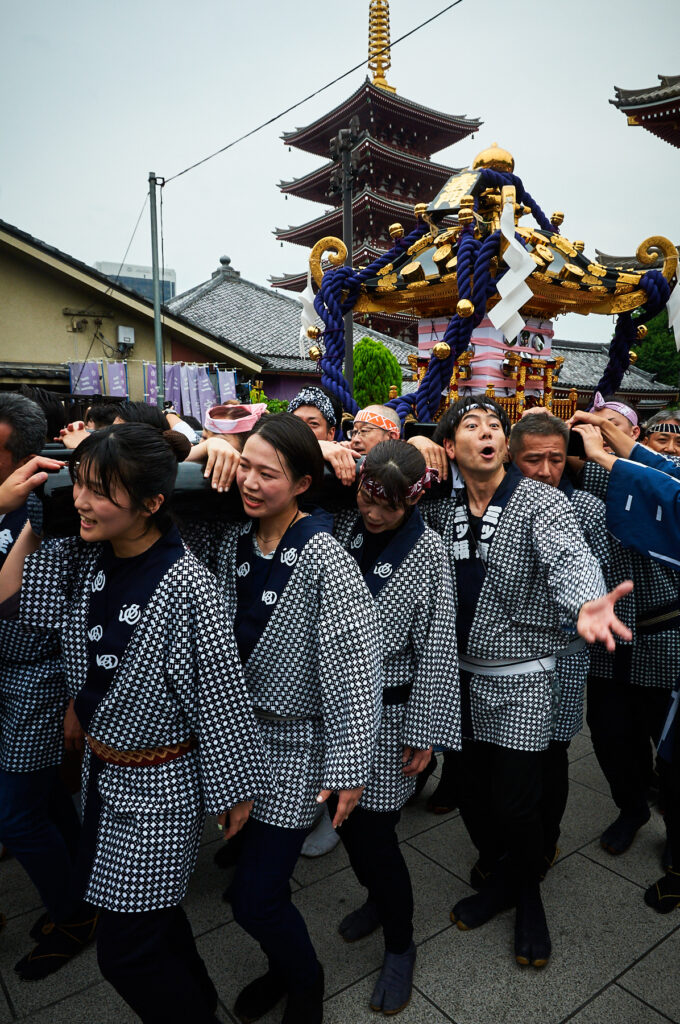
For me and my partner, tying together has become a personal ritual – an acknowledgment of difficulty as an essential part of life. We create a container, a shared space, where we embrace both pain and beauty, knowing they are part of our human experience.
It doesn’t embrace everything that rope represents for me. But it’s a big part of it when we tie together with my partner for real, as we did in Kinbaku Salon that evening. It’s a ritual of endurance, acknowledging difficulty as an essential part of life and celebrating life, and it will have a unique flavor depending on the moment, as read and interpreted by my partner.
We practice grace, resilience, and connection in the face of hardship.
It also has become my practice of staying soft under pressure. Another time about that.
This doesn’t mean that it’s the right practice for everyone. Growth, healing, and transformation come into our lives in different ways and it’s not at all mechanical. The possibility of a ritual – everyday practice – is unfolding in front of you in your own personal life, when you pay attention.
It requires a compassionate environment, a structure of time and space and repetition, and a guide.
When you choose to respond to it, it will become your practice, your ritual.
(c) Pictures from Alexander MA from Sanja Matsuri festival, Tokyo, May 2024 <3
